Are Weighted Blankets Safe for Children? Pros and Cons Explained
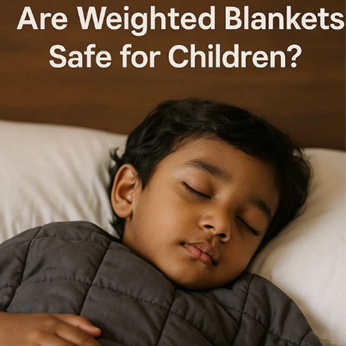
Weighted blankets have become a cozy trend in recent years. From helping adults sleep better to calming anxiety, they’ve earned a spot in many households. But when it comes to kids, especially the little ones, parents often ask: Are weighted blankets actually safe for children? Let’s dive into the pros, cons, and what you should know before wrapping your child in one.
What’s a Weighted Blanket Anyway?
A weighted blanket is exactly what it sounds like—a blanket that’s heavier than usual. It’s filled with materials like glass beads or plastic pellets to add weight, typically ranging from 5 to 30 pounds. The idea is that the gentle pressure mimics a hug, which can help calm the nervous system and promote relaxation.
Sounds dreamy, right? But for kids, it’s not always that simple.
Pros of Weighted Blankets for Kids
1. Better Sleep Quality
Some studies suggest that weighted blankets may help children fall asleep faster and stay asleep longer. The deep pressure stimulation can trigger the release of melatonin (the sleep hormone) and reduce nighttime tossing and turning.
2. Reduced Anxiety and Stress
Weighted blankets can offer a sense of security, especially for kids with anxiety, ADHD, or sensory processing disorders. That “hug-like” pressure can help lower cortisol levels (the stress hormone), making bedtime a more peaceful experience.
3. Improved Focus
For children with attention challenges, the grounding effect of a weighted blanket may help them concentrate better during quiet time or homework sessions.
Cons and Safety Concerns
1. Not Safe for Toddlers or Infants
This is a big one. Weighted blankets are not recommended for children under 3 years old. If a child can’t easily move the blanket or push it off, it could restrict airflow and pose a suffocation risk.
2. Risk of Overheating
Some kids may feel too warm under a weighted blanket, especially if it’s made from non-breathable materials. Overheating can disrupt sleep and cause discomfort.
3. Restricted Movement
The added weight might make it harder for kids to shift positions during sleep. For active sleepers, this could be frustrating or even uncomfortable.
4. Not for All Health Conditions
Children with asthma, sleep apnea, low blood pressure, or certain heart conditions should only use weighted blankets under medical supervision.
So, Should You Get One?
If your child is over 3 years old, doesn’t have any underlying health conditions, and struggles with sleep or anxiety, a weighted blanket might be worth trying. Just make sure to:
- Choose a blanket that’s no more than 10% of your child’s body weight
- Opt for breathable materials
- Monitor your child’s comfort and sleep patterns
And of course, when in doubt—check with your pediatrician.
Final Take
Weighted blankets can be a wonderful tool for some children, but they’re not a one-size-fits-all solution. Safety comes first, so take the time to research, consult professionals, and observe how your child responds.
Need Help Finding Trusted Care Providers?
Sulekha connects care seekers with verified care givers across the USA and Canada—including nannies, babysitters, pet care providers, elder care providers, tutors, cooks, and housekeepers. Whether you're looking for someone to help with bedtime routines or daily household support, we’ve got you covered.
- Watch this space for more blogs and useful info in the Care domain!
Take the next step toward your goals
Share your requirement and find the best care providers in your area
-
Looking for a caretaker’s job? Build your profile and get in touch with families in your vicinity.
-
Discover nannies, babysitters, cooks, housekeepers, pet sitters, and elder care under one roof.
-
Get all the support you need to run a successful care center.
-
Search for appropriate centers near you depending on your needs.
Care Corner Insights: Blog Library

Best Child Care Hacks for Busy Indian Moms and Dads in the U.S.
Balancing work, home, and parenting is challenging, especially for Indian parents living in the U.S. Between cultural expectations, school schedules, extracurricular activities, and household responsibilities, managing daily life can often feel overw

A Revolutionary Guide for Indian Families in California
Living in California offers incredible opportunities, but Indian families often face unique challenges—balancing cultural values, adapting to a fast-paced lifestyle, handling child care, navigating school systems, and building a strong community away
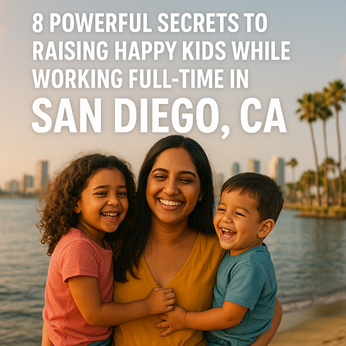
8 Powerful Secrets to Raising Happy Kids While Working Full-Time in San Diego, CA
Balancing a demanding full-time job with raising happy, emotionally secure kids isn’t easy—especially in a vibrant, fast-paced city like San Diego. But with the right strategies, you can create a joyful, connected home environment without burning out

What’s the Best Way to Find a Trustworthy Indian Nanny in Fremont, CA ?
Hiring a nanny for your family is a big decision, especially when you want someone who understands your cultural values and parenting style. If you’re looking for a trustworthy Indian nanny in Fremont, CA, here are some effective strategies to make t
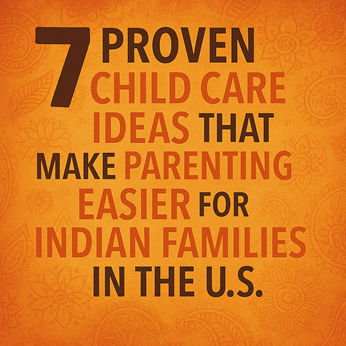
7 Proven Child Care Ideas That Make Parenting Easier for Indian Families in the U.S.
Raising children in the U.S. comes with a unique blend of opportunities and challenges—especially for Indian families trying to balance cultural values, busy work schedules, and daily childcare responsibilities. These seven proven childcare ideas can

9 Must-Know Tips for Hiring a Nanny in San Jose
Finding the right nanny for your family in San Jose can feel like a huge task — especially when you want someone who is trustworthy, experienced, and a perfect match for your child’s needs. Whether you’re a first-time parent or looking to replace you

10 Revolutionary Child Care Tips Every Indian Family in California Should Know in 2025
1. Bring India Home — Every Day Your children might grow up in California, but they can still grow with India. Let Indian traditions live inside your home — evening prayers, storytelling in your native language, or cooking regional dishes together.
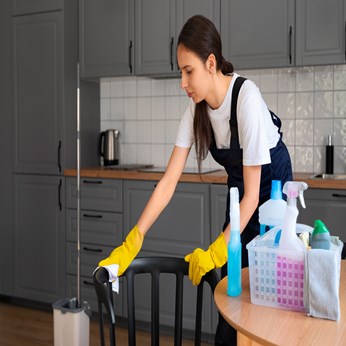
Deep Cleaning Your House: Room-by-Room Checklist for a Thorough Clean
A sparkling clean home isn’t just about looks—it’s about health, comfort, and peace of mind. Whether you’re prepping for a festival, hosting guests, or just tired of the clutter, a deep clean can transform your space. But where do you start? Here’s a

What are Senior Apartments? Experts Explain Independent Living for Older Adults
As we age, our needs and lifestyles evolve—but one thing remains constant: the desire for independence. Senior apartments are designed precisely with this in mind, offering older adults a living arrangement that balances freedom with comfort, safety,
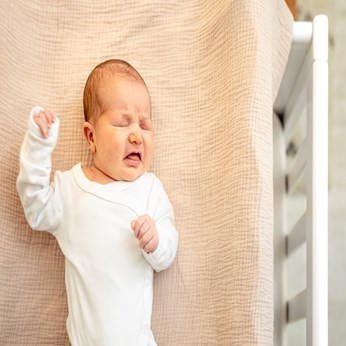
Baby Sleep Problems: What is Sleep Regression and How to Handle It
If you’re a parent, you know that baby sleep is one of the greatest mysteries of life. One day your little one is snoozing like an angel, and the next day they’re suddenly waking up every hour, fussing, or refusing to nap. Before you panic, there’s a